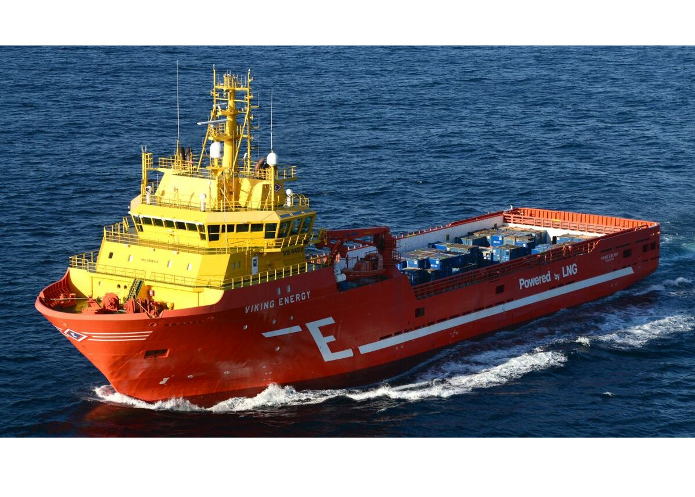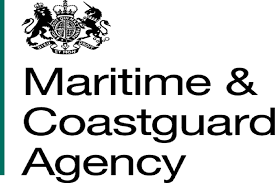Ammonia: a front-runner for a decarbonised future?

According to Martyn Wingrove, ammonia could become a long-term alternative to carbon-based fuels, marine fuel oil and LNG, as shipping seeks solutions for environmental and regulatory pressures to cut greenhouse gas emissions. With its three hydrogen elements to one nitrogen, it is a molecule with high energy potential for generating electricity for propulsion.
Writing for Rivieramm.com, Wingrove advocates ports, tugs and shipping companies look for carbon-free alternatives by testing potential solutions now.
With this in mind, a project is underway in Norway to install and trial the world’s first ammonia-powered fuel cell on a vessel.
The ShipFC consortium has secured €10m (US$11m) of European Union funding to test ammonia fuel cells on an OSV.
This project, co-ordinated by the Norwegian cluster organisation, NCE Maritime CleanTech, will involve scaling up a 100-kW fuel cell to 2-MW and testing it on land. It is then scheduled to be installed on Eidesvik’s platform supply vessel, Viking Energy, in Q4 2023, with Wärtsilä responsible for the ship-side ammonia system. The fuel cell will enable the vessel to sail just on ammonia for up to 3,000 hours annually.
This will demonstrate how long-range zero-emissions voyages and offshore operations are possible, while Viking Energy continues under long-term charter with energy group, Equinor, in Norway.
This is a crucial trial for maritime’s journey towards a decarbonised future and its success will be vital to the industry meeting IMO’s goals to cut CO2 emissions by as much as 50% in two decades, according to Rivieramm.com.
Ammonia (NH3) is a stable binary hybrid and a colourless gas with a characteristic pungent smell. It can be stored and transported as a liquid at low temperatures and under pressure, for it boils at −33.3°C at a pressure of one atmosphere. Or it can be stored in a solution with water, as ammonium hydroxide.
This would be useful for marine transportation, handling and storage in fuel tanks that would require less cooling and pressurisation than for LNG or even liquid hydrogen.
Ammonia is widely available as it is already a precursor to many foods and fertilisers. It would be easy to source, less difficult to handle than LNG and has a high energy potential.
So, it is surprising that so little has been done to date to test it as a marine fuel, as it could also be a source for fuel cells on vessels with diesel-electric and hybrid propulsion.
There will be more tests of ammonia in the future as the ShipFC project intends to study applications on offshore construction and cargo vessels.
In addition, another consortium is reviewing ammonia use as a marine fuel on tankers.
MISC Berhad has teamed up with Samsung Heavy Industries, Lloyd’s Register and MAN Energy Solutions to develop an ammonia-fuelled tanker to support shipping’s drive towards a decarbonised future.
It is now time for the tug industry to study and test using ammonia for fuel cells. Harbour and ocean-going tugs have characteristics that should encourage development and trialling of alternative marine fuels.
They are relatively small, so existing technology needs less up-scaling. Tugs operate in local areas or regions enabling easy retrofitting, maintenance and refuelling. And they are idle or under low power loads for more than 60% of their operating time, meaning tugs can run purely on a fuel cell for most of their working life.
Therefore, the tug sector should keep a closer eye on ongoing developments and form their own joint industry projects with port authorities, OEMs, class and technology developers to test ammonia as a viable carbon-free marine fuel.
Read the full article on Rivieramm.com.










